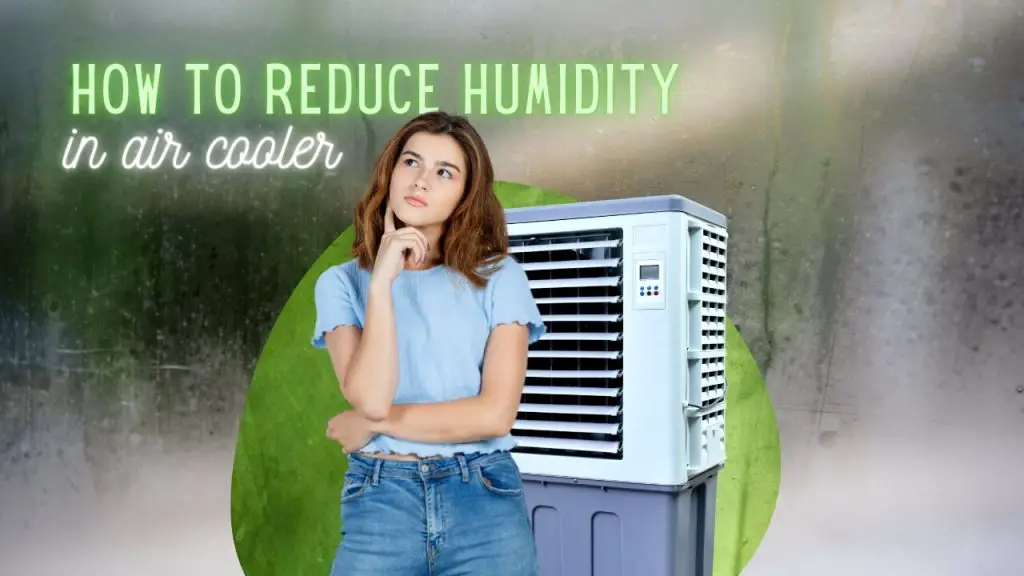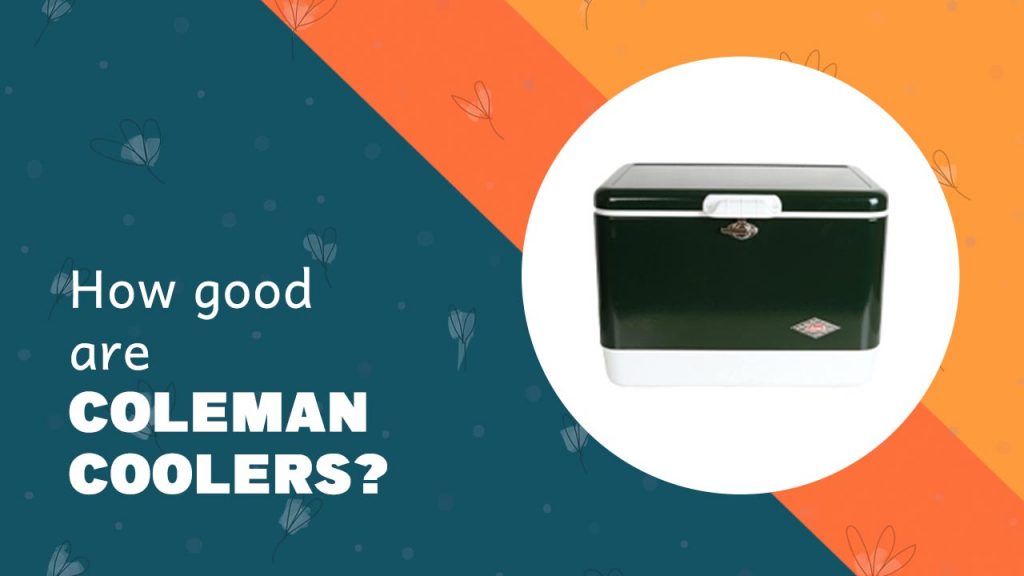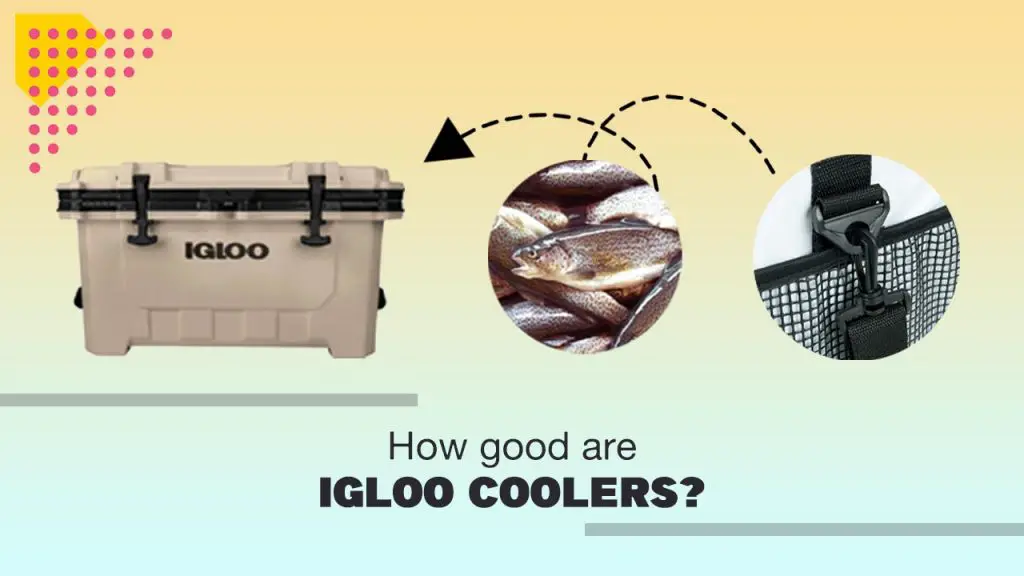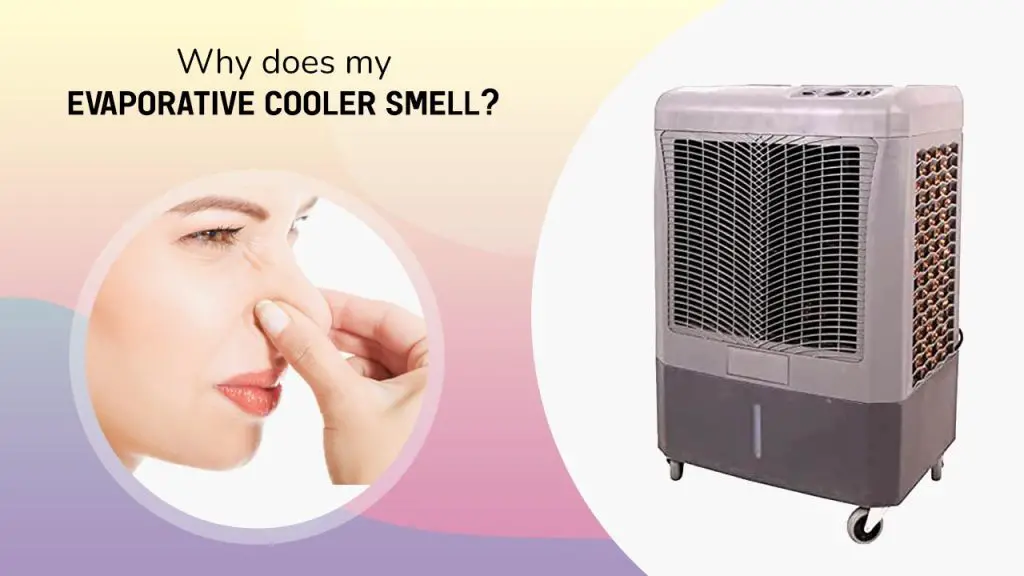Summer and very harsh weather conditions make it imperative to use air conditioners. They do not only provide the cooling relief that we need, but are also great at reducing the humidity that the hot weather brings.
However, running an air conditioner 24 hours of the day can put a hole in your pocket and also affect your health in some way. This is where alternatives like Air Coolers come into the picture.
Many of us have opted for air coolers because they are cheaper to acquire, easier to work with and manipulate, and also quite portable.
Furthermore, the air released by air Coolers are fresher and healthier than that of the Air Conditioner. Because of how an air cooler works, you’re likely to experience increased humidity in your room.
But one challenge that often surfaces is the seeming inability of air coolers to reduce humidity in the air. This is because they work by a method known as evaporation.
Coldwater is put in the tank and is evaporated by the passing of warm air that causes cold mist to evaporate and then blown into the room by the fan.
Unlike air conditioners that use vapor-compression or absorption refrigeration cycles, air coolers actually bank on the simple phenomenon known as fluid water transformation to produce vapors.
This evaporative cooling leads to a drop in air temperature. This, on its own, is a source of humidity. Not only do air coolers lack the capacity to reduce humidity, many of them actually enhance your home’s humidity because they also release mist into your room.
In this article, we’ll explain few simple ways to reduce humidity in air coolers.
Also, below are few recommendations if you are looking for air cooler with a built-in dehumidifier.
7 Different Ways to reduce humidity in air cooler
There are so many ways to reduce the amount of humidity caused by air coolers in your home. Some of them include;
1. Ensuring Adequate Ventilation
It is important to understand that air coolers are also humidifiers in some way. Adding tiny droplets of water in the air as vapor is more like adding humidity in the air. One way to deal with this is to create sufficient ventilation.
Process:
You can open the windows and doors to allow natural air into your room for some dryness. You should create a cross ventilation with the openings on opposite or adjacent sides of the room.
Outcome: What you will get is dry air coming in on all sides. This flow will also help release some of the moisture through the door and window and reduce the content in your home.
Precautions: If you’re in a coastal region or in the thick of the summer, this may not work because the natural atmosphere is likely to be humid as well.
2. Adding Charcoal Briquettes in your home
Charcoal is a natural absorbent of humidity. If you leave them out in the heat for a while you’re likely to find the surfaces wet when you return.
Process:
Put some charcoal briquettes in a basket or bowl and leave them in the room. You could place it at the center of the room or at a corner without any obstruction or covering.
Outcome: You’ll be reducing the humidity in your room significantly. The moisture content in your room will be absorbed considerably by the charcoal while you go about your daily life.
Precautions: Charcoal is inflammable, so you may need to be careful with where you put it in the house.
3. Take care of leakages
Leakages in your home, whether it’s from pipes, dispensers or the faucets are a great source of moisture in your home, especially in the heat because they tend to evaporate and float in your room for a while.
Process:
Inspect your plumbing installations when you notice leaked out water; check for damage or loose ends and intersections. Take care of such leakages by fixing them. If you lack the skill, you should call a plumber.
Outcome: You’ll be preventing an increase in the humidity of your home by reducing the presence of water lying around.
4. Avoid hanging wet clothes in your room
This is something most of us do. But wet clothes also give off a lot of moisture in our homes. If your aim is to reduce humidity, you will avoid this practice.
Process:
You can dry your clothes on the balcony instead. It is also wrong to hang the clothes just in front of the evaporative cooler to help them dry faster; the fan of the cooler does not blow out the dry air that your clothes need, but produces mist that will further wet your clothes.
Outcome: You’ll save your room from the moisture that the wet clothes would’ve added.
5. Remove plants in your room
Know it or not, plants also release moisture, so keeping them in your room rather than at the balcony will simply increase the humidity in your home.
If you’re trying to deal with dry air and get some moisture in, having some plants in your home asides an air cooler/humidifier is a great way to go. However, if your goal is to reduce humidity, you should keep the plants out.
Process:
Take the flower pots or bags outside- at the balcony- and groom them there. Ensure the door to the balcony is shut most times of the day.
Outcome: Moisture from plants will go into the outdoor atmosphere rather than your indoor climate.
6. Add Ice to your air cooler
The colder your room gets, the drier it becomes. It is a natural law.
Process:
To produce colder air in your air cooler, you should consider adding some ice cubes in the water. This is one easy way to increase the cooling capacity of your air cooler as well as control the evaporative process.
Outcome: Rather than your air cooler releasing cool moisture droplets into the air, the mist released will be gaseous in nature.
Precaution: You should watch it too; too much ice can hinder evaporation altogether and disrupt the operation of the device.
7. Carry out proper maintenance
You should never downplay the importance of maintenance in the lifespan of any appliance. It is what keeps it going, and prevents plaques or residue and other issues.
Process:
For an air cooler, you’d need to clean the fan, cooling pads and water tank as frequently as possible to keep them working optimally.
This is also very important before the summer season begins. If there are leakages, consider replacing damaged parts and ensure every component is properly positioned.
Outcome: Your air cooler will function better for a longer time. Also, the accumulation of moisture within the appliance will be prevented.
What if the air cooler itself gathers humidity?
In a case like this, you need to provide ventilation for the cooler itself. Try opening up the front and the top areas to allow moist air to form within it to escape. Remember that you should also leave the doors or windows open for outdoor ventilation.
Note that what you have is different from an air conditioner and you must treat it differently. While an AC should work in a closed environment, it is best to use an air cooler in a room with some openings.
Furthermore, it is important to clean regularly, especially if you use normal tap water that most likely contains some minerals.
These minerals may stick to areas like the cooling pads and fans and cause accumulation over time. Cleaning them regularly will help to prevent this.
Since we already mentioned the grass pad, this should be replaced not later than every 6 months. Also, ensure you go for the wooden grass rather than the synthetic option.
Some users suggest that you keep the coolant body outside the room and have the blower face the room through a window or opening. This is important for cooling and ventilation.
You may also decide to turn off the cooler during rainy days and at night and leave just the fan on. If all of these still do not hive you the result you desire, getting a dehumidifier might just be the option for you.
Final Words:
Air coolers are best suited for colder regions with minimal sunlight and less humidity. Such populations will benefit more from evaporative coolers than air conditioners.
Unfortunately, air coolers are also quite popular in tropical regions of the world, especially because they are cheaper. But dealing with the humidity has always been a problem.
With the steps provided above, you should be able to use your air cooler and get the best air quality, even as you take out the heat and give your body the refreshing feeling it deserves.
| Photo | Title | Buy |
|---|---|---|

|
LEVOIT Air Purifier for Home & Bedroom - For Allergies and Pets Hair | Check Price On Amazon |

|
BREEZOME 60 OZ Quiet Dehumidifiers for Home, Dual-Semiconductor | Check Price On Amazon |

|
AquaOasis™ Cool Mist Quiet Ultrasonic Humidifier for Bedroom & Large room | Check Price On Amazon |

|
43.3'' Portable Air Conditioners, 3-IN-1 Evaporative Air Cooler w/Remote | Check Price On Amazon |

|
BlueDri BD-AS-550-BL Negative Machine Airbourne Cleaner HEPA Air Scrubber | Check Price On Amazon |

|
Space Heater, VCK 24" 12ft/s Fast Quiet Heating Portable Electric Heater | Check Price On Amazon |









